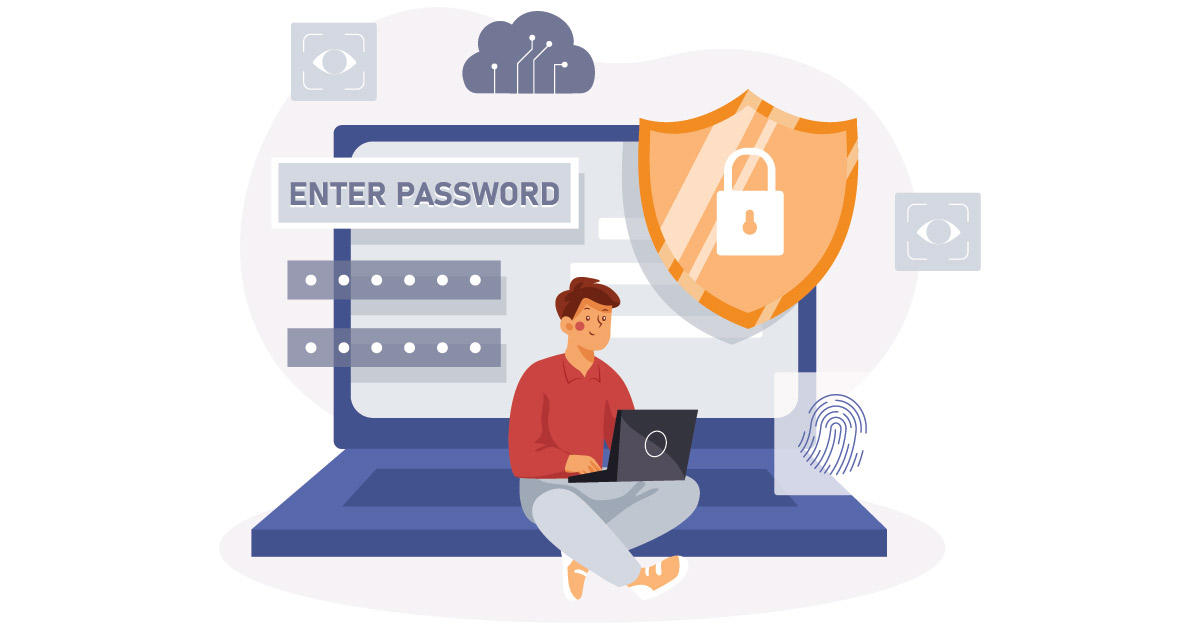When it comes to fixing a root cause, there are two questions. The first is “Who is able to apply the fix?”, and the second is “who is responsible for applying the fix?”
This article explains what we get wrong about cybersecurity, how and why we get it wrong, and what it’s going to take to fix it. Fair warning: it’s going to be a long and bumpy ride. Those bumps include a healthy dose of counterintuitive assertions, cybersecurity heresy, and no mincing of words.
Last year, the Biden administration issued an executive order, and later additional guidance, aimed at improving the nation’s cybersecurity. Agencies are now required to deploy Zero Trust architectures by 2024. As things go in government, so they tend to go in the private sector. Zero Trust is, therefore, the cybersecurity buzzword of the day.
We’re pretty mission-driven here at Absio. We believe there is a real problem (or problems) in cybersecurity that reaches back to the first computers. We’re eager to help organizations resolve the issues that arise when sensitive data created or processed by software doesn’t enjoy full-lifecycle protection. A big part of the solution to today’s seemingly endless cybersecurity breaches and privacy infringements is to reengineer applications to adequately, reliably, and automatically protect data, by default and by design.
A recent Associated Press poll indicates that most Americans think their personal information is vulnerable online. What’s more, 71% of Americans believe that individuals’ data privacy should be treated as a national security issue. In other words, the American people get it: data privacy and security are sadly lacking across the digital ecosystem and consumers are suffering the consequences.
As digital solutions have become nearly ubiquitous, few terms have taken a more central place in our conversations than data privacy and data security. Consumers, businesses, and organizations of various types are tiring of the barrage of data breaches and process failures resulting in unauthorized distribution of their sensitive information.
Two different classes of identifiers must be tested to reliably authenticate things and people: assigned identifiers, such as names, addresses and social security numbers, and some number of physical characteristics. For example, driver’s licenses list assigned identifiers (name, address and driver’s license number) and physical characteristics (picture, age, height, eye and hair color and digitized fingerprints). Authentication requires examining both the license and the person to verify the match. Identical things are distinguished by unique assigned identities such as a serial number. For especially hazardous or valuable things, we supplement authentication with checking provenance — proof of origin and proof tampering hasn’t occurred.
In every field of engineering, there is a grace period when the engineers doing the heroic work of making a complex and highly valuable new technology work can escape liability for poor performance, failures, or damages caused by what they build. That grace erodes as the technology becomes commonplace. Eventually, usually through a combination of litigation, legislation, regulation, and evolving insurance requirements, liability and responsibility for failure starts being pinned to the engineers who designed and built the failed system.
Our current concept of cybersecurity is to defend against attacks and remedy failure by erecting more and better defenses. That’s a fundamental mistake in thinking that guarantees failure. Why? Because it’s mathematically impossible for a defensive strategy to fully succeed, as explained in the previous installment of this article series. Another even more fundamental mistake in thinking is that cyberattackers are the cause of our woes. They aren’t. They’re the effect.
This article is the second in a series on the physicality of data. Cybersecurity failures have been trending sharply upwards in number and severity for the past 25 years. The target of every cyberattack is data — i.e., digitized information that is created, processed, stored and distributed by computers. Cyberattackers seek to steal, corrupt, impede or destroy data. Users, software, hardware and networks aren’t the target; they’re vectors (pathways) to the target. To protect data, the current strategy, “defense in depth,” seeks to shut off every possible vector to data by erecting layered defenses. Bad news: That’s mathematically impossible.
















